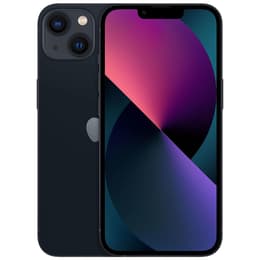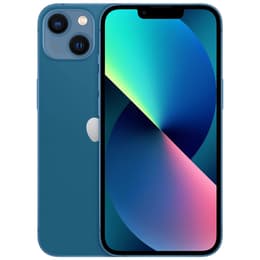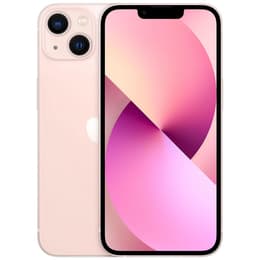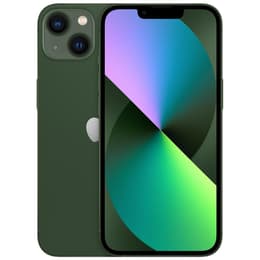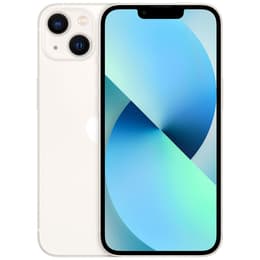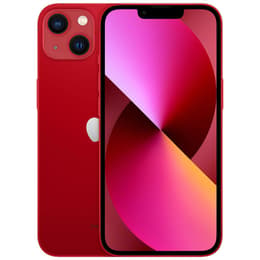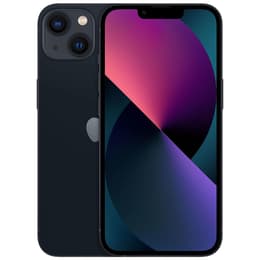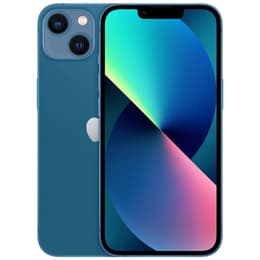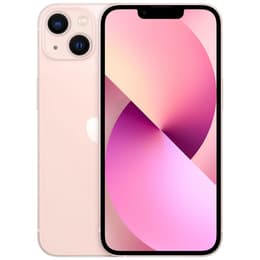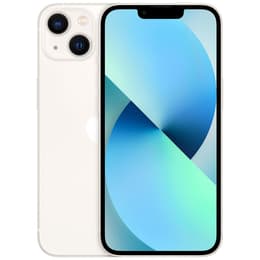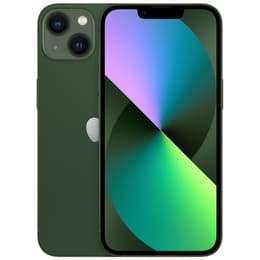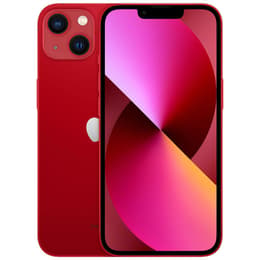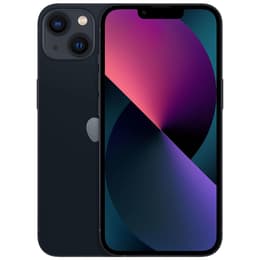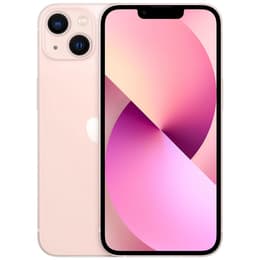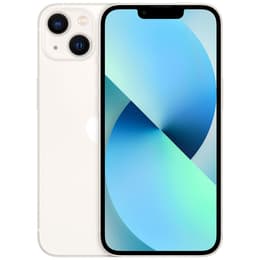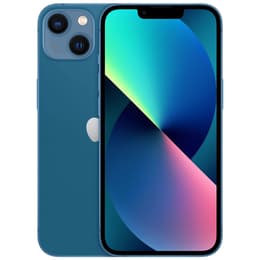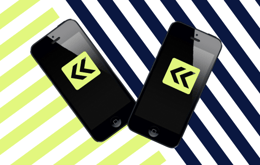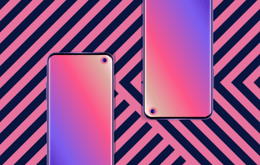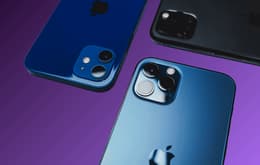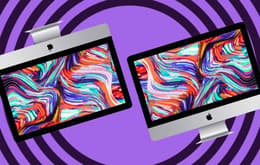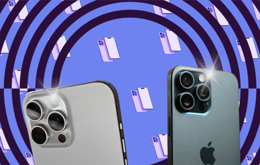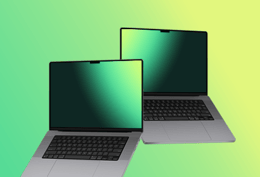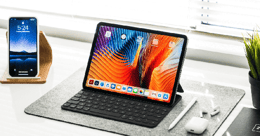

By selecting “Accept all” you allow Back Market and our partners to use cookies and to share your data for all these purposes. We and our partners use cookies and similar tools to measure our site's audience, evaluate the performance of our ads, and show you personalized content and ads.
Except for cookies that are essential for navigating our site, we use these cookies and share your data only with your consent. Learn more about cookies. You can change your mind and modify your choices at any time by going to the "Cookies and privacy settings" section at the bottom of any page. Read our Cookie policy and Data Protection Policy for more info.
When is the best time to buy a refurbished iPhone?
Updated on 28 March 2025
28 March 2025
6 mins read
Christine Ochefu
Journalist
That’s right, there’s a science to this stuff. There are specific dates in the year when deals are rife and we’ve jotted them down all in one spot for you to keep track. Plus, if you’re in the market for an iPhone 13, keep your eyes peeled for a Back Market flash sale at the end of this month.
What if we told you there are certain times of the year when buying an iPhone can be more affordable?
If you’re in the market for a refurbished phone, look no further. We’ve got tips and tricks for when buying an iPhone is more cost-effective, no matter where you are in the world.
Understanding Apple’s iPhone release cycle
A new release equals new savings. That’s the mantra. A quick way to understand how Apple’s release schedule impacts pricing is that when a new device comes out, older models usually go down in value.
Apple typically announces new phone models each September during Apple Keynote – the brand’s yearly event where they announce new releases, company strategies, and pending model upgrades.
Let’s look at 2024 as an example: the iPhone 16 and iPhone 16 Pro were announced, coming out 20th September. In 2023, the iPhone 15 range was the newest launch, with pre-orders starting 15th September.
Year on year, Apple’s new iPhone releases lead to a price drop on older models – that includes their site, third-party sellers, and refurbished marketplaces (that’s us). Why, you ask? It’s a mixture of things.
When a new release comes out, demand typically shifts towards the newest models on the market, reducing customers’ appetites for older devices. A relative price decrease makes older models a little more attractive to buyers, and helps retailers get rid of older stock to make way for new.
What happens to refurbished iPhones?
Buying refurbished is a more cost-effective and environmentally friendly way of picking up an iPhone because you’re giving a device a second chance on life as opposed to it ending up in a landfill. And when new iPhones are released by Apple, the price differences between new and refurbished models gets even wider.
When a new launch happens, trade-ins flood the refurbished market. People want to get rid of their old devices and make a little cash to make way for new. To counteract this, sellers offer a price reduction on older models to maintain customer interest.
Another tip you might not have spotted. Whenever a new line of iPhones is announced, Apple ceases sales of the Pro Models of their previous generation. See models like the iPhone 14 Pro, iPhone 15 Pro Max, and iPhone 13 Pro? These are just some of the models Apple are no longer selling – they’re only available secondhand, or through refurbished retailers like us. This is usually an attempt to encourage buyers to pick up the latest model of their phones rather than one from a previous generation.
Buying some of these older refurbished models can be a great way to get a high-performance phone model at a lower cost, as there’s often minimal difference between Apple’s older models and newer ones. For example, you could pick up a new iPhone 15 from Apple, or an iPhone 15 Plus, or you could save cash and get a refurbished iPhone 14 Pro – they all have the same processor, the A16 Bionic Chip.
Let’s look at price trends from some of our older iPhone models leading up to now.
Back Market’s iPhone pick: the iPhone 13 (hint: there’s a sale coming)
Have fun chewing into that data. If you’re spoilt for choice with the iPhone lineup, a hot choice for your next tech refresh might be the iPhone 13. It’s one of our bestsellers for a number of reasons, and we’d even go as far as recommending it over the new iPhone 16e.
A couple selling points – it’s a great everyday phone (not too big, not too small), it’s compatible with the latest iOS, and is likely to remain compatible with future upgrades into the near future. It’s also cost-effective, going for less than £250 when bought refurbished – that’s nearly £160 cheaper than the newest iPhone. And while more recent iPhone models tend to have minimal differences by way of upgrades and improvements, the iPhone 13 series boasts an improved camera, processor and solid battery life compared to the 12 range and other recent models.
From 28-30th March 2025, bump an extra £20 off that already great price. In our springtime flash sale, you can save on any model from the iPhone 13 series when you spend £250 or more. Better hurry – it won’t be on for long.
More great times to buy an iPhone, throughout the year
The best times of the year to buy an iPhone are not only after new releases. Here’s a list of key moments you can expect a price drop on your next refurbished device. Make sure you save this list.
Post-new iPhone launch (September – November)
We’ve already explained the impact of September’s Keynote on iPhone pricing, but offers on previous-gen models can continue on iPhones as far as into November as retailers look to get rid of old stock of previous-gen models. Keep an eye on price fluctuations in case you get a better deal down the line.
Black Friday & Cyber Monday (November)
These are key times when retailers and carriers offer major deals. You can expect an iPhone price drop during Black Friday and Cyber Monday, it’s typically the last Friday in November and Monday afterward.
Holiday sales (December)
Gift-giving season means bundles and promotions. As retailers prepare for shopping season, expect big sales around Christmas, particularly in the lead-up to the day.
Post-holiday & New Year sales (January – March)
Leftover stock from the holiday period is usually reduced in the New Year. As retailers clear out inventory after the holiday season, you can see iPhone price drops all the way into March.
Back to School promotions (July – August)
Who needs new tech more than the future of tomorrow? The end of summer period sees special discounts for students. Besides the usual laptops and tablets, you can get a sweet deal on iPhone models at this time of year too.
More tips
We’ll leave you with some additional tips for finding the best deals when you’re iPhone shopping:
Keep an eye on carrier trade-in offers. If you trade in an old phone model when buying new, it’s a great way to reduce e-waste and save extra when picking up a new model.
Follow major retailers for flash sales. Department stores and other retailers may run flash sales outside of the typical price-slash periods, so it’s worth keeping an eye out for info year round.
Consider buying unlocked models for more flexibility. Refurbished iPhones usually come unlocked from any specific carrier. This can save you money in the long run as you have better freedom to seek out cost-effective data plans for your phone.
Set price alerts on the Back Market app. We’re already great value for money, we think, but sometimes we get even more generous. We recommend setting price alerts on the app to see when things really drop.

🚨 FLASH SALE ALERT 🚨
You read that correctly. For a limited time only, we’re running a springtime flash sale on the iPhone 13 series. You can save £20 on purchases between 28 - 30th March, 2025 when you spend £250 or more.
Save cash. Save the planet.
Refurbished is not just the eco-friendly choice, it’s better for your budget too. Ready to save big on an iPhone, any time of the year? Explore iPhones on Back Market now.






